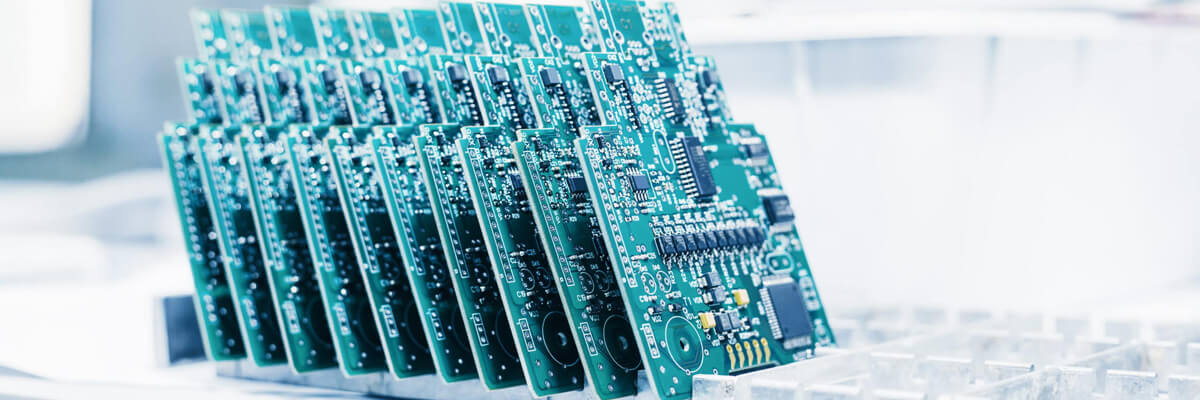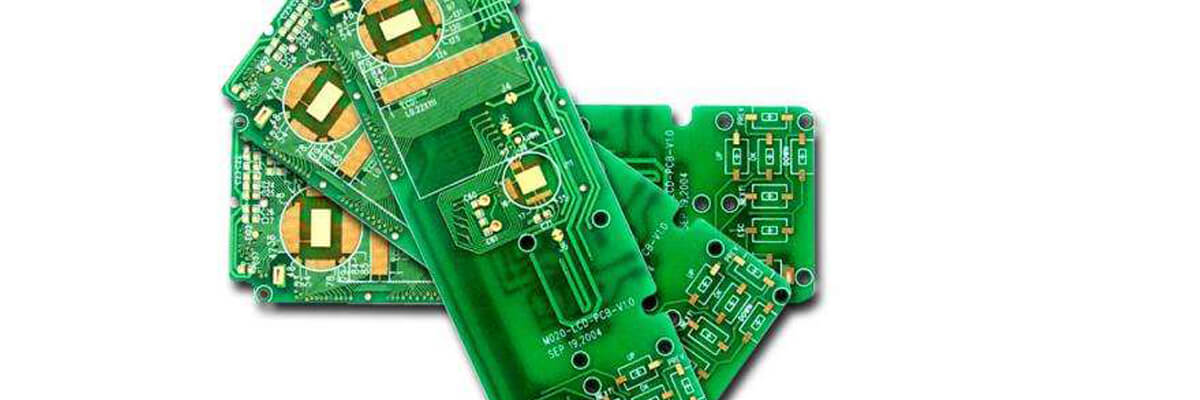What You Need to Know About Rapid Prototype Circuit
Rapid prototyping can generally be defined as a modeling technique that enhances and accelerates the development of new products. This is a process that uses computer tools, as well as techniques such as 3D printing and stereographic lithography, to create physical production models for production tools and production analysis. The process tends to be very useful for product suppliers, designers and even manufacturers.
This technique can be easily learned with electronic tools such as E-blocks. These are small rapid prototype circuit boards containing electronic blocks, as you would find in an embedded system or electronic system. The cards can range from simple LEDs to complex cards, such as Bluetooth cards and device developers, among others. The wide variety of dishes allows you to find the most suitable for you, depending on your needs. Whether you’re programming a PIC or programming an Arduino or dealing with other hardware platforms, you’ll find something that works for your needs.
E-blocks are designed to fit easily, forming a wide range of operating systems. They offer a quick and easy construction process, making them very good choices for rapid prototyping, even for complex electronic systems. They can be useful for the industry, for students and teachers. The best thing about blocks is that they come with a variety of complete programs, sensors, curriculum and instructional material. You will also receive information about applications and product datasheets and even an active forum where you can get all the advice and support you need while using the blocks.
Using the blocks, students and engineers have the opportunity to quickly develop a wide variety of operating systems. In fact they are used by many industry development engineers, as well as educators and students in colleges, universities and schools for auxiliary and learning projects.
Advantages of rapid prototype circuits
If a company involves mass production, the first process is to make lead copies for verification before it can be transported to the next milestone production. With the rapid prototype grinding system, the tedious traditional process is reduced because the speed of creation and testing is guaranteed.
Rapid prototyping saves you the time you would otherwise need to produce templates, molds, and special tools using conventional modeling. It offers a reduced time between the initial project idea and the analysis, thus speeding up the production process and you will still get an accurate model to meet your needs in terms of test features, usability, performance and form.
Rapid prototyping gives designers the freedom to create complex models on surfaces and shapes without guaranteeing accurate production. Creativity is basically taken to a much higher level by technique.
The technique reduces product development costs, as no special tools are used for each new product. The process has printing and CAD equipment, greatly reducing your expenses. Reduced labor and reduced waste costs are other benefits you gain by using a fast prototyping technique.
Chemical free - compared to chemical corrosion, rapid prototype grinding is made clean by a subtraction method without involving use of chemicals. The circuit boards are cut to remove the copper parts. The speed with which the task is performed is controlled by the user with great accuracy.
Compact - imagine a machine handling multiple complex tasks of grinding, drilling, routing and other special processes, where the tasks are done by a prototyping machine to make fast prototyping plates. The only additional object necessary for the operation of the equipment is the backup with an industrial vacuum cleaner for maintenance. Compaction is achievable in the configuration process, which is also part of the necessary training in using prototype machines.
Mechanism - Rapid prototyping is a precision controlled and highly mechanical device. It involves moving systems fully manipulated by a projected set. Once installed, it all depends on the user and the integration of the software, which coordinates the movement of the heads in their coordinates (x, y and z). It is computerized releasing the iterative process.
Safe - designed for high level with the use of small pieces for routing, it has been adapted for application rigidity. However, for safety reasons, the user must wear eye protection. The dust emitted per minute must be vacuumed at all times.
Difference between Rapid Prototyping and 3D Printing
Rapid prototype circuit and 3D printing are used for applications where you need to produce precise parts to create a true model of a new device. For some applications, one may be better than the other. Rapid prototyping encompasses other complex manufacturing technologies and machines, making it ideal for the rapid fabrication of prototypes for a variety of purposes, such as visual and ergonomic testing and evaluation of the device’s functional performance.
3D printing refers to the process of creating parts by joining materials with a layer of CAD file, as opposed to a manufacturing process done by a CNC machine, where parts are constructed by subtracting material from a material block. 3D printing tends to be a more economical method of producing prototypes compared to other methods, but it may not be capable of producing smaller parts. Most 3D printers can only create smaller pieces that can fit into a cube of about 20 centimeters. Fast prototyping machines can build larger parts, so you can build a larger prototype or make a model according to the actual size of the product.
Rapid prototyping can use more materials than 3D printers. Fast prototyping machines can handle special materials such as metals, and 3D printers often use plastics. In addition, you can produce functional parts by rapid prototyping, which is suitable for concept modeling. A 3D printer can be easier and less complex to use, making it perfect for enthusiasts. Professionals may prefer the more detailed results that rapid prototyping can give.
The end result is that 3D printing is the simplest version of rapid prototyping that can produce more accurate results. Therefore, rapid prototyping is preferred in the computer, aviation and automotive sectors. One of the main industrial uses of rapid prototyping is the construction of circuit boards. Renowned electronics design and circuit board assembly service providers use rapid prototyping to help the industrial, automotive, medical, aerospace, military and telecommunications markets create accurate models or electronics tailored to their unique needs.
There are several electronic gears that you can use to learn rapid prototype circuit. Considering the advantage of rapid prototyping, you better learn a few things and the kits can make the process easier for you.
If you want more information, please contact us.




